

Granny
gamer level 9
80616 xp
80616 xp
followers
422
422
Use my invite URL to register (this will give me kudos)
https://boardgaming.com/register/?invited_by=ericbjohnson
profile badges




recent achievements

Senior Reporter
Earn Reporter XP to level up by completing Reporter Quests!
Earn Reporter XP to level up by completing Reporter Quests!

Stone of the Sun
Explore select games by completing a series of exploration actions ...learn more »
Explore select games by completing a series of exploration actions ...learn more »

Comment on your favorite LGS
Add a comment on your favorite local game store page to tell people what you like about your LGS.
Add a comment on your favorite local game store page to tell people what you like about your LGS.

Rosetta Stone
Explore select games by completing a series of exploration actions. learn more »
Explore select games by completing a series of exploration actions. learn more »
Player Stats
Critic (lvl 5)
3455 xp
3455 xp
Explorer (lvl 5)
4626 xp
4626 xp
Professor (lvl 5)
3596 xp
3596 xp
Reporter (lvl 5)
3329 xp
3329 xp
About Me
I am a gamer living in the beautiful Pacific Northwest with a wonderful wife and two boys who love to game as well. I am the Creative Director at Formula Design where my team provides graphic design for a wide range of companies, but my real love is game design.
Because I have a family, it is important for me to have a range of kid-only games as well as family games in my collection. When I review a kid game, I try to look at it through my kid's eyes... not just my own. For this reason, my scores may seem elevated to you, but this is because I feel a game should be reviewed based on the goals it intended to achieve. I don't go into Hisss looking for strategy. I like how it makes my youngest boy smile every time he gets a snake and calls out HISSSSSSSS with glee. Family games are about bringing us together and the ability to support a wide range of ages. I look to family games for their ability to be easy to learn, but not tedious to play.
Finally, I will be searching out and reviewing the gamer's games we all love. I am an "avid" gamer according to this site. I seek out new games and play them, and relish getting the best ones to the table so my friends can experience something new. Ultimately, board games are about people. Getting together and laughing, sneering, gloating, and generally having a good time are what it's all about.
Happy Gaming!


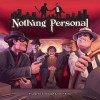






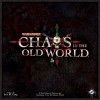








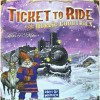







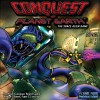





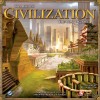







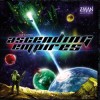
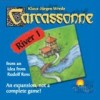
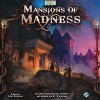




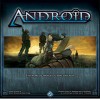
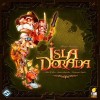

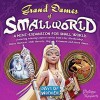






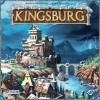

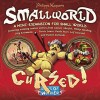

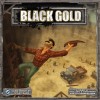








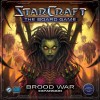





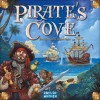




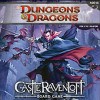
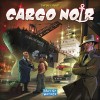
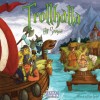



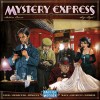



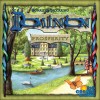










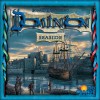























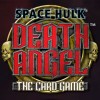

















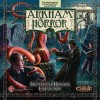

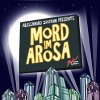
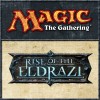


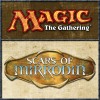
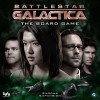
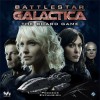


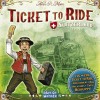




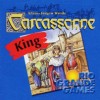
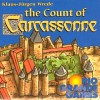



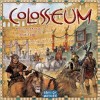




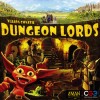



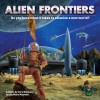



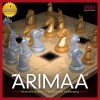
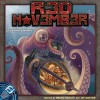













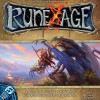
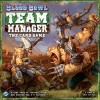





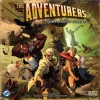

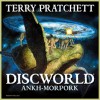





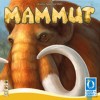

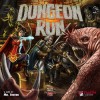






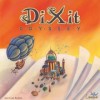

























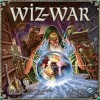











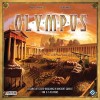












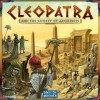


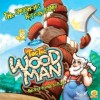



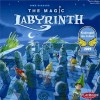

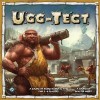





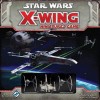








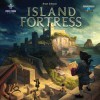


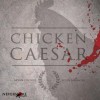



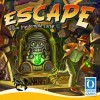
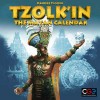

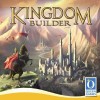
















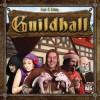
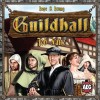





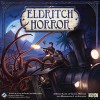



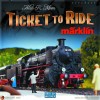






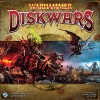


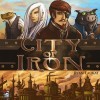

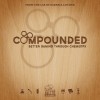






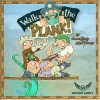






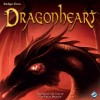
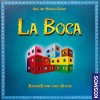








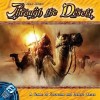

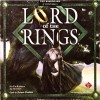






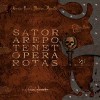
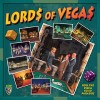



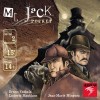

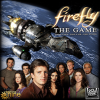













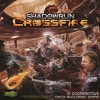

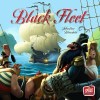







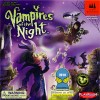
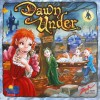















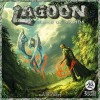





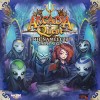












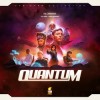















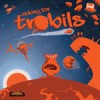





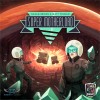




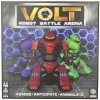



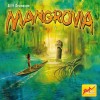


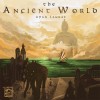

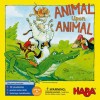


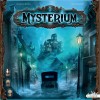






![Go to the [redacted] page Go to the [redacted] page](https://boardgaming.com/wp-content/uploads/2014/10/redacted-65x100.jpg)











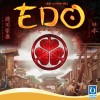
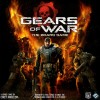
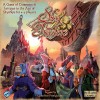
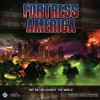

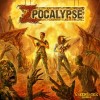






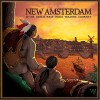



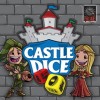
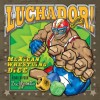
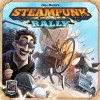
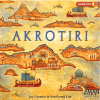









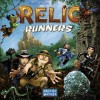

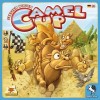











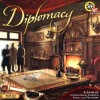

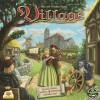


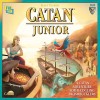





![Go to the Level 7 [escape] page Go to the Level 7 [escape] page](https://boardgaming.com/wp-content/uploads/2012/08/Level-7-escape-100x100.jpg)



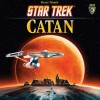



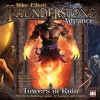
![Go to the Level 7 [Omega Protocol] page Go to the Level 7 [Omega Protocol] page](https://boardgaming.com/wp-content/uploads/2013/06/LEVEL-7-Omega-Protocol--100x100.jpg)







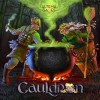




Finca
Hello my little Merchants and Merchettes,
Today, we are going to be contemplating yet another Euro game centered on the theme “Merchants in the Mediterranean.” This theme is usually just pasted onto a set of mechanisms, and Finca does not completely blow that cliche out of the water. However, what sets Finca apart is its re-playability as a 2-player game…it excels with two. It also contains a pretty high level of interactivity for games in this genre.
How do you play?
Finca was my first experience with the Rondel mechanism. Each player has two workers on a windmill (a circle with fruit on each blade). There is also a map with various locations to sell your fruit once you have collected the correct combination. On your turn you can…Harvest from the Rondel, make a delivery to a particular region, or use one of your 4 bonus tiles. The fruit harvest is by far the most interesting mechanism, as you move one of your farmers exactly as many spaces as their are farmers on your current tile. The tile you land on provides a particular fruit in the amount of farmers on that tile. So, you are constantly weighing how much fruit you want versus the number of spaces you are giving to opponents. This is particularly tactical in a 2-player game.
The rest of the game is pretty straightforward and smooth in its implementation. In each region, there are several chits with a combination of fruit and the victory points if you earn it by collecting those fruits from the Rondel. you also have 4 single-use tiles you can use on your turn where you can…move a farmer to and blade on the Rondel, make two farmer moves in a row, make a 10-fruit delivery, and a one fruit discount on a delivery.
I almost forgot to mention the Donkeys! In order to make a delivery, you need a donkey. You collect a donkey every time you pass one of the two donkeys on the Rondel…creating yet another interesting decision point every time you decide to harvest. Fantastic!
What do I think?
Finca is a fantastic introductory Euro…especially if you have not played a game with a Rondel. Even though it is good with any number of the 2-4 player range… it is EXCELLENT as a 2-player game. Usually 2-4 player games are not really good with 2….but that is not the case with Finca.
I’m not certain this game would work with Ameritrash lovers. However, it can be played in 45 minutes, and is more interactive than 75% of all other Euros as you play “tug of war” on that Rondel. It’s also pretty gratifying to swoop in and take a chit you know someone else is saving up for.
All in all, I highly recommend this for people looking for another family weight Euro game, or a great game for 2 players (great for couples). It might even appeal to non-Euro gamers due to the interactivity that can really get tactical on the Rondel. It’s out of print right now, but if you can find a copy at a reasonable price… get one!